
Could "exercise in a bottle" actually become a reality? Scientists have found about 1,000 molecular reactions to exercise, which opens the door for drug treatments to mirror the health benefits of exercise.

Scientists have found the genetic underpinnings of achromatopsia in dogs, which is a rare, inherited vision disorder that affects the eye's cone cells, which could help humans in the future.

Imagine machines that can learn more flexibly over time. Scientists have created a new way of doing machine learning that enables semantically related concepts to reinforce each other.

It turns out that the asteroid wasn't the only thing that did in the dinosaurs.
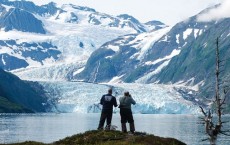
It turns out that global warming may be able to alter the shape of our very planet. Scientists have found that warming temperatures has the capacity to shift what our planet looks like.
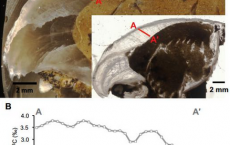
Scientists examined 300-million-year-old shellfish deposits to determine the kinds of weather super continent Pangea once experienced.
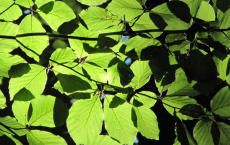
The study has assembled the first large-scale empirical evidence for a declining sensitivity of spring phenology to warming in mature trees for Central Europe.
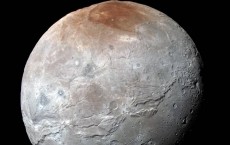
NASA’s New Horizons spacecraft has returned the best color - and the highest resolution - images to date of Pluto’s largest moon, Charon, and they show a complex history filled with violence.
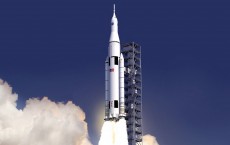
NASA's Space Launch System is set to be completed in Nov. 2018, and could hold the key to future Mars and deep space missions.
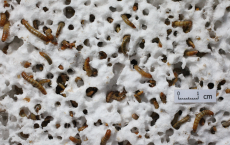
Meal worms could be the answer in solving the issue of plastic waste. Scientists are conducting ongoing experiments with meal worms whose digestive systems are optimal for breaking down the environmental hazard.
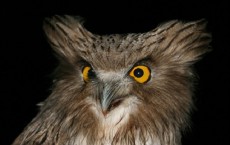
In a weird conservation twist, loggers may actually benefit owls. A recent study shows that loggers that take steps can actually preserve endangered Blakiston's fish owls in Russia.

Five potential missions have been selected by NASA for refinement in 2016, with two getting flight opportunities by 2020.